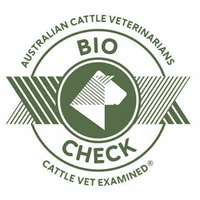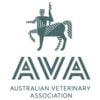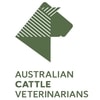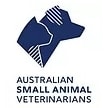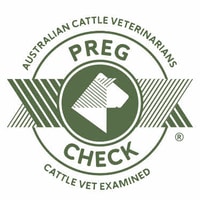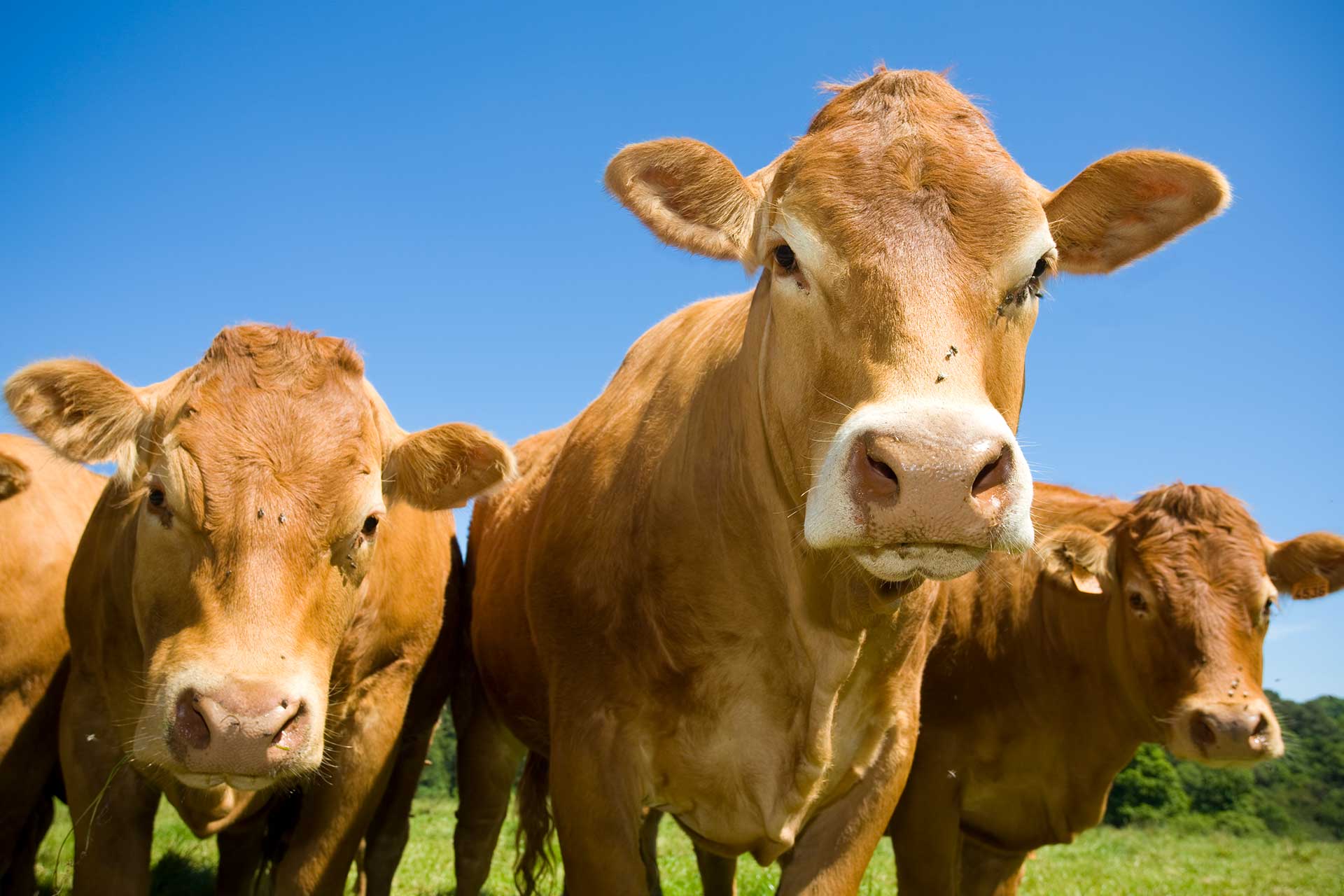
Castration Techniques in Cattle and Small Ruminants
Throughout the wet season, The Pittsworth Veterinary Surgery have been seeing a few more cases of cattle and small ruminants with post-castration swellings and infections. So, we’ve compiled the few methods of castration used, with advantages and disadvantages of both.
Surgical Castration
Surgical castration is the most common method of castration in Australia, this involves the use of a scalpel, and/or a tool called an emasculator, which provides a 3 layered crush to the tissue above the testicle.
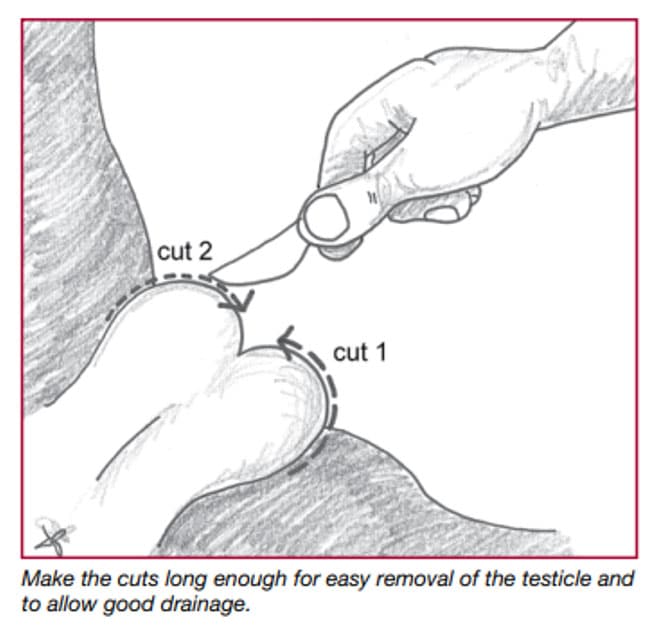
- Emasculators can also be used by a veterinarian from Step 10. This involves cutting and crushing the vessels, fibrous and epididymis, all in one.” (Newman, 2007)
Steps, with pictures, can be found online at this FutureBeef article.
Non-Surgical Methods
Elastrator Castration
The Elastrator castration method is also a common method of castration for cattle and small ruminants. This method uses a small rubber band that cuts off the circulation to the testicles, causing necrosis to the testicles, which eventually fall off with the band after 3-6 weeks.
Ideally this should be placed on calves/lambs/kids no more than 2 weeks of age to ensure correct placement of ring. DO NOT USE ELASTRATOR RINGS UNLESS BOTH TESTICLES ARE IN THE SCROTUM
Burdizzo
Burdizzo’s are a non-surgical method that uses a crushing action to ligate the blood vessels and vas deferens to the testicles.
This method is good for larger calves but is required to be performed by an experienced operator (i.e., veterinarian).
After-care for Castration
Regularly inspect the animals that have been castrated for up to 10 days post-castration to see if any problems may arise. Consult your veterinarian if you see signs such a redness, heat, swelling and abnormal discharge of blood or pus.
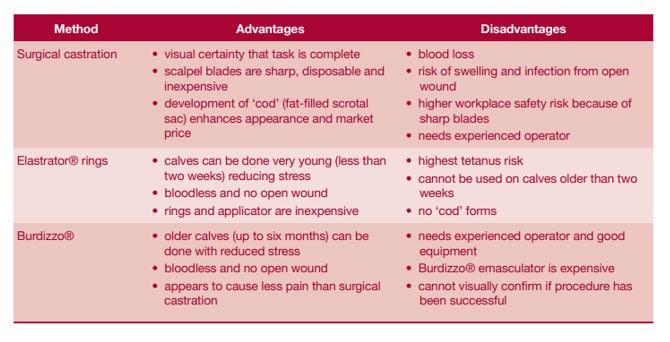
A great resource that you can utilise is from the company FutureBeef which outlines in more detail, not only the castration techniques as listed above, but branding and dehorning. See below in the references. Any questions, please ring the clinic for more detail or visit our website for more in depth discussion of the various methods.
References Carter. B, Mathis. C, Loest. C, Wenzel. J (2011) Castrating Beef Calves: Age and Method. Department of Extension Animal Sciences and Natural Resources, New Mexico State University. https://aces.nmsu.edu/pubs/_b/B227/welcome.html
Glass. S, Lane. C, Powell. R, White. B (2007) Castration of Beef Calves, The University of Tennessee. Sourced from The Cattle Site, https://www.thecattlesite.com/articles/930/castration-of-beef-calves/ ,
Newman, R (2007) A guide to best practice husbandry in beef cattle, branding, castrating, and dehorning. https://futurebeef.com.au/wp-content/uploads/A-guide-to-best-practice-husbandry-in-beef-cattle-Branding-castrating-and-dehorning.pdf
Wikipedia (2021) Emasculator. https://en.wikipedia.org/wiki/Emasculator
RELATED ARTICLES
Dystocia
The most common reason for calf losses in the cattle industry is still calving difficulties, dystocia. In order to recognise dystocia promptly, an understanding of the normal calving process is necessary. The more difficult the calving; the greater the risk of...
Dairy Herd Health
We routinely service many dairies in Pittsworth and surrounding areas, and hence are able to offer a high quality service with best practice care, backed by years of experience. We strive to be a part of your production line, rather than just the emergency call late...
Calf Scours
Young - less than 4 weeks of age The 4 common causes of scours in calves are: Rotavirus, Coronavirus, Cryptosporidium or E.coli. Other less common causes are Salmonella, Clostridium perfringens, BVD (pesti) and coccidia. Sometimes the faecal colour can be yellow,...
RELATED
ARTICLES
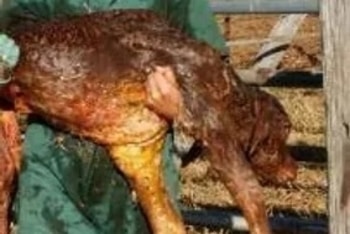
Dystocia
The most common reason for calf losses in the cattle industry is still calving difficulties, dystocia. In order to recognise dystocia promptly, an understanding of the normal calving process is necessary. The more difficult the calving; the greater the risk of...
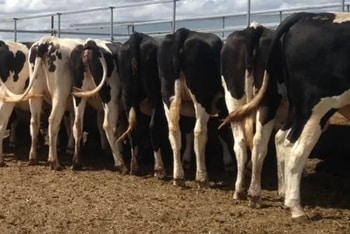
Dairy Herd Health
We routinely service many dairies in Pittsworth and surrounding areas, and hence are able to offer a high quality service with best practice care, backed by years of experience. We strive to be a part of your production line, rather than just the emergency call late...
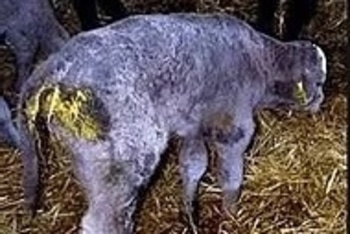
Calf Scours
Young - less than 4 weeks of age The 4 common causes of scours in calves are: Rotavirus, Coronavirus, Cryptosporidium or E.coli. Other less common causes are Salmonella, Clostridium perfringens, BVD (pesti) and coccidia. Sometimes the faecal colour can be yellow,...
Call Us Today To Discuss Your Animal Needs
Business Hours Phone: 07 4693 2233




